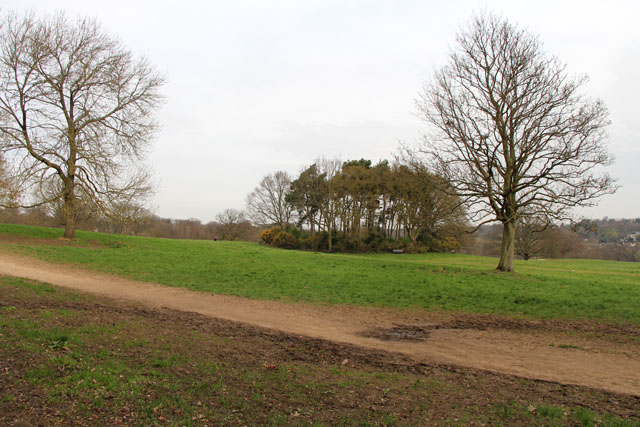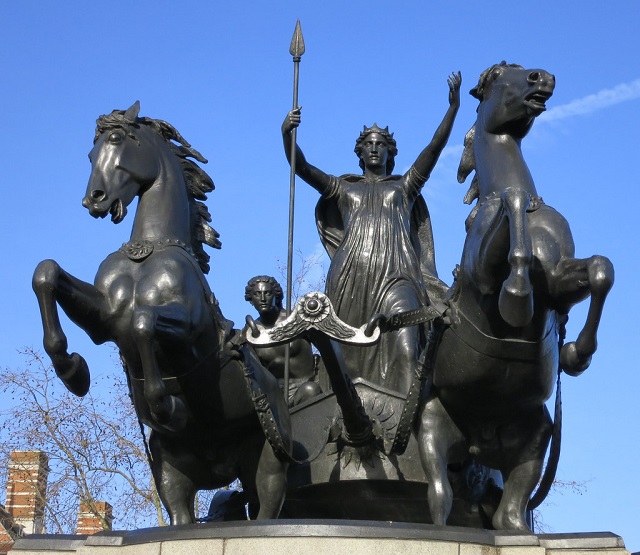Boudica was a Celtic queen who led a rebellion against the Romans occupying Britain in 60-61 AD. The Romans attacked Boudica and her family for defending their property, so Boudica joined forces with a neighbouring tribe and fought back.
Women in Celtic Society
In Celtic society women could rule as queens and own property. But at that time, Roman women had limited rights and freedoms.
According to Tacitus, the Roman historian, Boudica said in a speech:
“We British are used to women commanders in war; I am descended from mighty men! But I am not fighting for my kingdom now. I am fighting as an ordinary person for my lost freedom.”
Roman Law
When Boudica’s husband died, the Romans attempted to seize her property because, under Roman Law women had no right to inherit property from their husbands. But Boudica fought back to defend her property and her liberty, mounting a Rebellion against the Roman forces.
The Iceni Rebellion
Boudica was part of the Iceni tribe, a brittonic tribe from modern day Norfolk. Fighting for her liberty, Boudica mounted a rebellion against the occupying Romans. She and her army stormed the Roman capitol of Colchester, destroying the Roman Temple and burning the city to the ground.
The Romans sent a legion of 4,000 soldiers to subdue Boudica, but her forces ambushed the Roman soldiers and defeated them. Boudica then turned her sights to London and St Albans, invading the Roman cities and destroying them.
Boidica’s army was eventually defeated by the Romans at the Battle of Watling Street, in 61 AD. The more disciplined and experienced Roman soldiers defeated the Britons with their superior weapons, protective armour and military training.
After the battle Boudica died, ending the Iceni rebellion. But she is still remembered for leading the rebellion against the Roman invaders and defending her rights and liberty.
Boudica Statue, Westminster Bridge
The Boudica Statue at Westminster Bridge is a magnificent tribute to Boudica, Queen of the Iceni. It was comissioned during the 1850’s and was installed at its current location at Westminster Bridge in 1902.
You can find the statue on the western side of the bridge (Big Ben side), northwards towards Westminster Pier (moving away from Parliament).
Boudica’s Mound, Hampstead Heath

Legend has it that Boudica is buried on Hamstead Heath at Boudica’s Mound, also known as Boudica’s Grave, although, archaeological digs have failed to find any evidence to support the myth that Boudica is buried here.
Whether it is Boudica’s burial mound, a Bronze Age barrow, or something else entirely, you can still enjoy a lovely view of London from this marvellous spot on Hampstead Heath.



